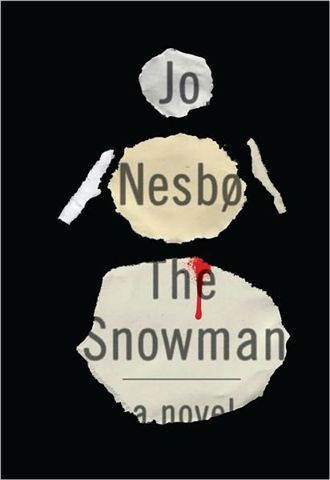My book club of two took a bit of a break the last six months, but we are back with a new plan for 2013. We decided that rather than read the same books together, we should set a goal to read the books in our apartments that we have been meaning to read, but haven't for whatever reason and when we meet, we will talk about the books we've been reading separately. We won't buy new books until we make it through our piles (though I did pick up a few titles in the last couple weeks--it is still 2012--and I got a few for Christmas). I get easily distracted by the newest recommendations and from browsing at everything from Greenlight Books and Book Court, so this really will be a bit of a challenge for me!
My "unread" stack has remained virtually unchanged since I moved in to this apartment two years ago. As I looked through it, I realized there were some that I didn't even want to read, so rather than have anxiety about needing to finish all of them, I decided to pick the ones I wanted to read and donate the rest--I'm all about getting rid of unnecessary clutter! So, I intend to look at this list as a syllabus to remind me of the old English major days and get started as soon as I finish Cloud Atlas.
Here's my list in full. My best to you and yours in 2013!

Classic
1984 by George Orwell
Fahrenheit 451 by Ray Bradbury
Things Fall Apart by Chinua Achebe
A Clockwork Orange by Anthony Burgess
The Metamorphosis by Franz Kafka
Animal Farm by George Orwell
Modern
A Fine Balance by Rohinton Mistry
City of Thieves by David Benioff
A Fraction of the Whole by Steve ToltzGeek Love by Katherine Dunn
Motherless Brooklyn by Jonathan Lethem
Breath, Eyes, Memory by Edwidge Danticat
Dreaming in Cuban by Cristina Garcia
A Thousand Splendid Suns by Khaled Hossain
A Thousand Splendid Suns by Khaled Hossain
Non Fiction
No Logo by Naomi Klein



.jpg)


























